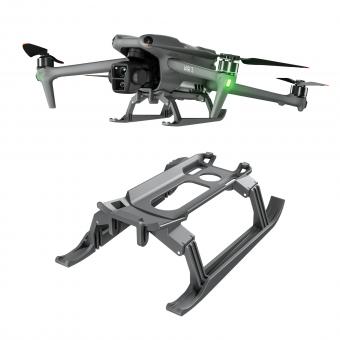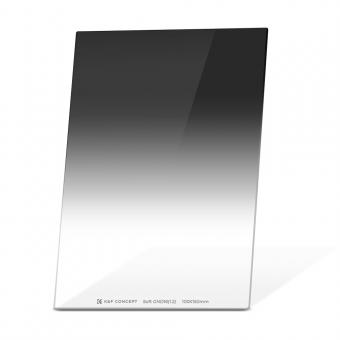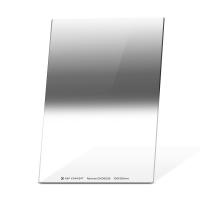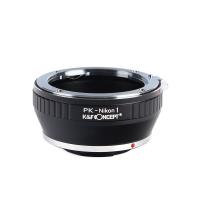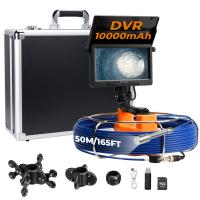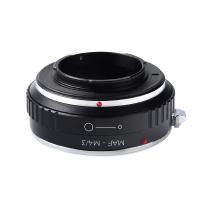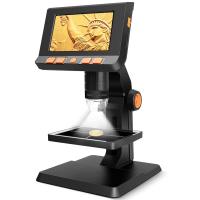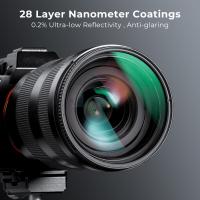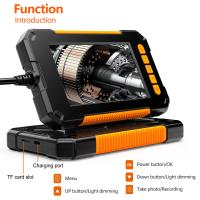Endoscopic Procedures Are Reported On The ?
Endoscopic procedures are reported on the basis of the findings and interventions performed during the procedure. The report typically includes information on the indication for the procedure, the type of endoscope used, the findings observed during the examination, and any interventions performed, such as biopsies or polypectomies. The report may also include information on the patient's clinical history, medications, and comorbidities, as well as any complications that occurred during or after the procedure. The report is an important part of the patient's medical record and is used to guide further management and follow-up care.
1、 Types of endoscopic procedures
Endoscopic procedures are reported on the Types of endoscopic procedures. Endoscopy is a minimally invasive diagnostic and therapeutic procedure that allows doctors to examine the inside of the body using an endoscope, a flexible tube with a camera and light attached to it. Endoscopic procedures are used to diagnose and treat a wide range of medical conditions, including gastrointestinal disorders, respiratory problems, and urological issues.
There are several types of endoscopic procedures, including upper endoscopy, colonoscopy, bronchoscopy, cystoscopy, and hysteroscopy. Upper endoscopy is used to examine the esophagus, stomach, and duodenum, while colonoscopy is used to examine the large intestine. Bronchoscopy is used to examine the airways in the lungs, while cystoscopy is used to examine the bladder and urethra. Hysteroscopy is used to examine the uterus.
The latest point of view on endoscopic procedures is that they are becoming increasingly popular due to their minimally invasive nature and high diagnostic accuracy. Endoscopic procedures are less painful and have a shorter recovery time compared to traditional surgical procedures. Additionally, advances in technology have made endoscopic procedures more precise and effective, allowing doctors to diagnose and treat medical conditions with greater accuracy and success rates.
In conclusion, endoscopic procedures are an important tool in modern medicine, allowing doctors to diagnose and treat a wide range of medical conditions with minimal invasiveness and high accuracy. As technology continues to advance, endoscopic procedures are likely to become even more effective and widely used in the future.
2、 Indications for endoscopic procedures
Endoscopic procedures are reported on the indications for various medical conditions that require visualization of internal organs or tissues. These procedures are minimally invasive and involve the use of an endoscope, a flexible tube with a camera and light source, to examine the affected area. Endoscopic procedures are commonly used to diagnose and treat gastrointestinal, respiratory, and urological disorders.
The indications for endoscopic procedures have evolved over time, with new techniques and technologies being developed to improve patient outcomes. For example, endoscopic ultrasound (EUS) has become an important tool for the diagnosis and staging of gastrointestinal cancers. Similarly, endoscopic retrograde cholangiopancreatography (ERCP) is used to diagnose and treat disorders of the bile ducts and pancreas.
In recent years, there has been a growing interest in the use of endoscopic procedures for weight loss and metabolic disorders. Endoscopic sleeve gastroplasty (ESG) and intragastric balloon (IGB) placement are two such procedures that have shown promising results in clinical trials. These procedures are less invasive than traditional bariatric surgery and may be a viable option for patients who are not candidates for surgery.
Overall, the indications for endoscopic procedures continue to expand as new techniques and technologies are developed. These procedures offer a less invasive alternative to traditional surgery and can improve patient outcomes in a variety of medical conditions.
3、 Risks and complications of endoscopic procedures
Endoscopic procedures are reported on the risks and complications associated with them. These procedures are minimally invasive and are used to diagnose and treat various medical conditions. However, like any medical procedure, endoscopic procedures come with their own set of risks and complications.
Some of the common risks associated with endoscopic procedures include bleeding, infection, perforation, and adverse reactions to anesthesia. In rare cases, patients may experience more serious complications such as organ damage or even death. However, it is important to note that the risk of complications is relatively low, and most patients experience a successful outcome from their endoscopic procedure.
In recent years, there has been a growing concern about the transmission of infectious diseases during endoscopic procedures. This is particularly true for procedures that involve the use of reusable endoscopes. To address this issue, healthcare providers have implemented stricter cleaning and disinfection protocols for endoscopes to reduce the risk of infection transmission.
Overall, endoscopic procedures are generally safe and effective for diagnosing and treating a wide range of medical conditions. However, patients should be aware of the potential risks and complications associated with these procedures and discuss them with their healthcare provider before undergoing any endoscopic procedure.
4、 Preparation for endoscopic procedures
Preparation for endoscopic procedures is a crucial step in ensuring the safety and success of the procedure. Endoscopic procedures are reported on the patient's medical history, physical examination, and laboratory tests. The patient's medical history is important in identifying any underlying medical conditions that may affect the procedure, such as bleeding disorders or allergies to anesthesia. Physical examination is done to assess the patient's overall health and identify any potential risks during the procedure. Laboratory tests, such as blood tests and imaging studies, are done to evaluate the patient's organ function and identify any abnormalities that may affect the procedure.
In addition to these traditional preparation methods, there is a growing interest in the use of bowel preparation for endoscopic procedures. Bowel preparation involves the use of laxatives and enemas to clean out the colon before the procedure. This is done to improve the visibility of the colon and increase the accuracy of the procedure. However, recent studies have shown that bowel preparation may not be necessary for all patients and may even increase the risk of complications in some cases.
Overall, preparation for endoscopic procedures is a multifaceted process that requires careful consideration of the patient's medical history, physical examination, and laboratory tests. The latest point of view suggests that bowel preparation may not be necessary for all patients and should be evaluated on a case-by-case basis.







